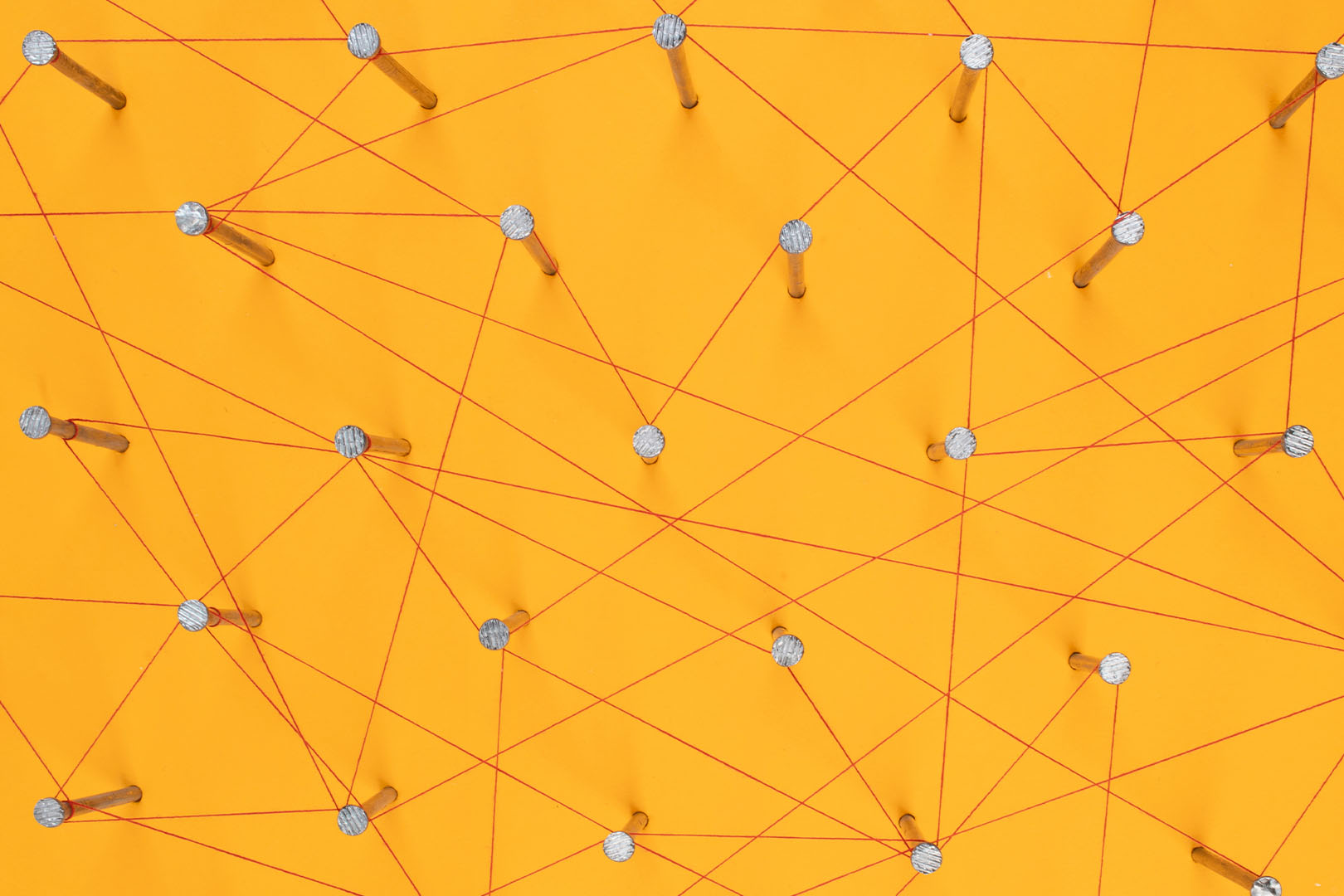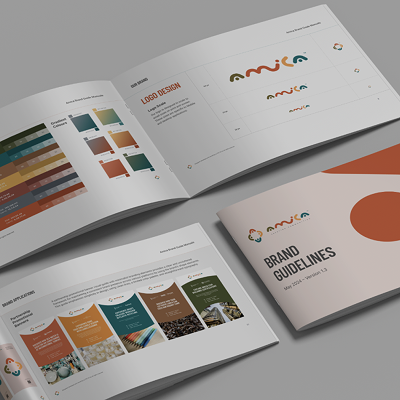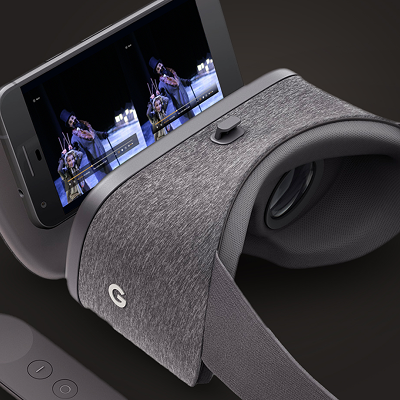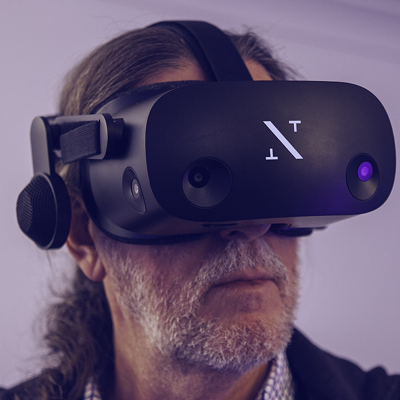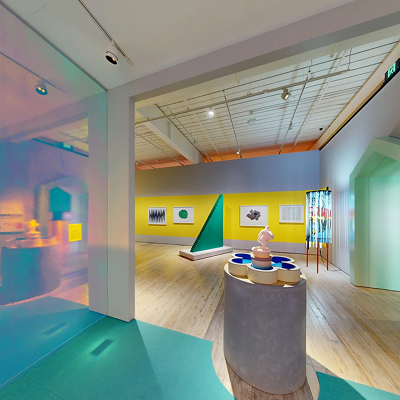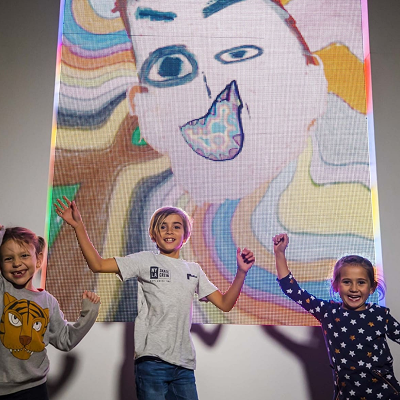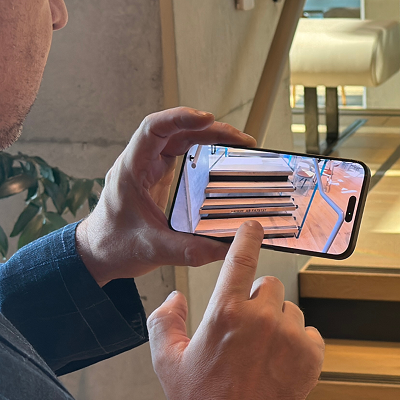Revolutionising Your World! Learn How to Connect EVERYTHING, Everywhere, and Transform Your Life Forever!
Imagine a super-smart system that knows you so well that when you return home from work, your gate opens as your car approaches, your front door unlocks as you step onto the porch, and your lights turn on as you walk through the hallway. Even your coffee machine starts brewing your favourite latte without you lifting a finger! And at the office, no need to worry about low paper in the copier—it orders more automatically. This is the magic of Hyperconnectivity with the Internet of Things (IoT). Devices are all connected through the internet, working together seamlessly as if they share one mind.
The Internet of Things [IoT] refers to any device or appliance that can connect and be controlled through network communication, especially the internet. This means that physical devices, like refrigerators, lights, microwaves, and coffee makers, can now be operated digitally via the internet. Whether it’s through a smartphone app or triggered by other systems online, devices such as cell phones, coffee machines, heart monitors, and lamps can be connected, as long as they can capture and transmit data.
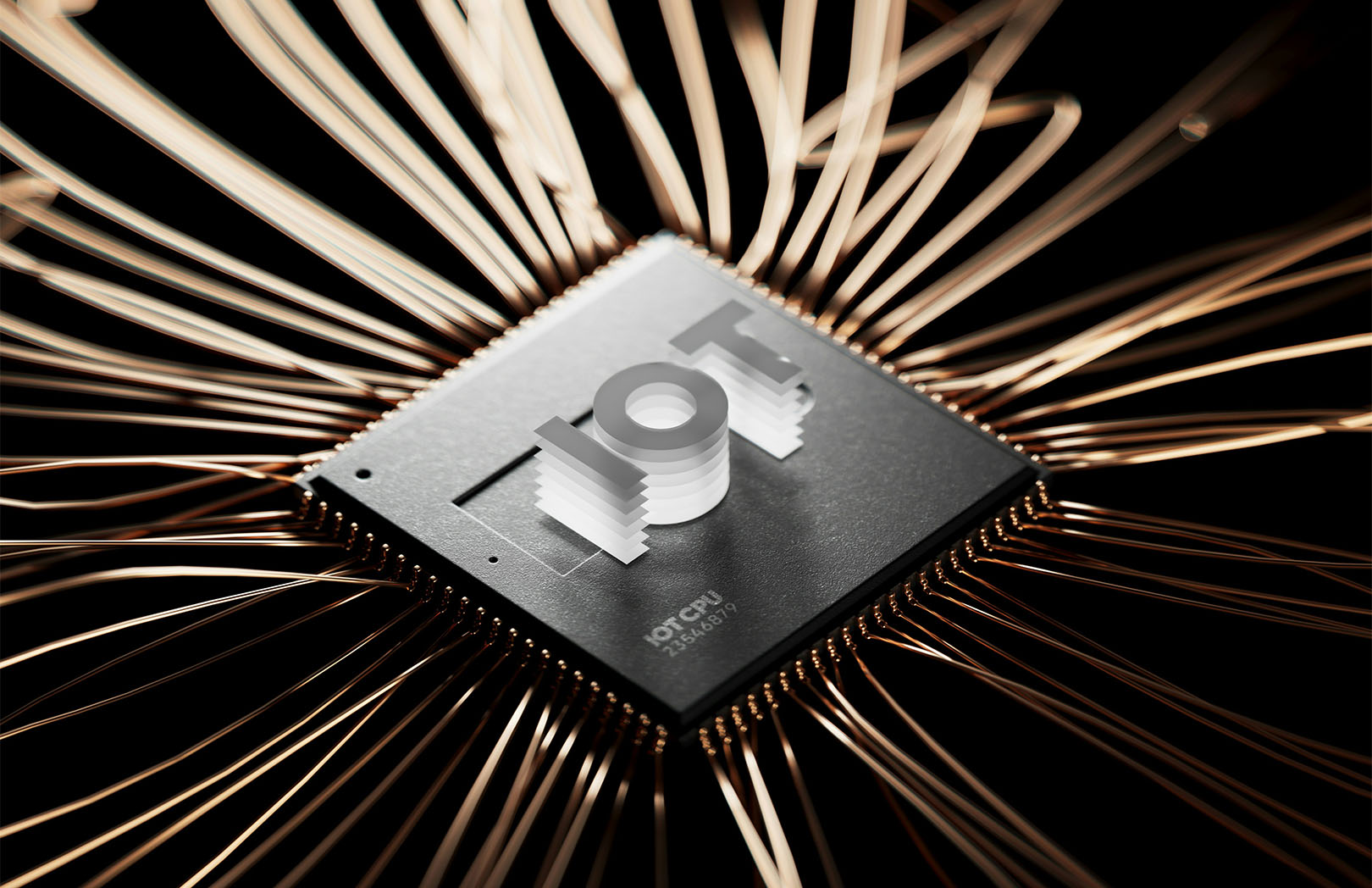
Source: https://bit.ly/4cb3FEu
Hyperconnectivity is a concept often linked with IoT but not widely known. It was coined by Canadian social scientists Anabel Quan-Haase and Barry Wellman, who studied communication between people and machines in networked societies. Essentially, hyperconnectivity involves using various communication methods like email, instant messaging, phone calls, face-to-face interactions, and web services. It emphasises multiple connection points between humans and machines, facilitated by IoT devices and supporting software. In a hyperconnected world, every object can communicate with each other, whether initiated by humans or machines, to share information and optimize solutions. Additionally, Artificial Intelligence (AI) can enhance this process by analysing patterns to improve problem-solving algorithms.
The tagline “Connect Everything Everywhere” encapsulates the essence of IoT implementation and hyperconnectivity. Hyperconnectivity allows environments or organisations to become highly connected entities. Achieving hyperconnectivity involves assessing physical infrastructure, network architecture, and application system implementation to integrate them effectively toward defined goals.
Day-to-Day Home Applications
Many of us have IoT-enabled devices at home, yet we often don’t realise their full potential. We may overlook the fact that our smartphones and most household appliances already come with IoT capabilities. With the help of smartphone apps, we can control our lights, set our oven for later baking, and even lock our doors—all from the comfort of our seat with a few taps on our phone. Taking it a step further, we can connect our entire house to the internet, allowing us to control things remotely from anywhere in the world. This is the simplest and most practical example of how IoT with hyperconnectivity works through everyday consumer appliances.
Popular platforms like Amazon Alexa, Apple Home, Google Home, and Samsung SmartThings make it easy for people to set up their home IoT systems. They come with user-friendly mobile apps and often come pre-installed on many iOS or Android devices. Other options include open-source platforms like Home Assistant, professionally installed solutions like Crestron, Savant, and Vivint, and smaller DIY platforms like Hubitat and Homey, though these are usually more specialised for specific needs.
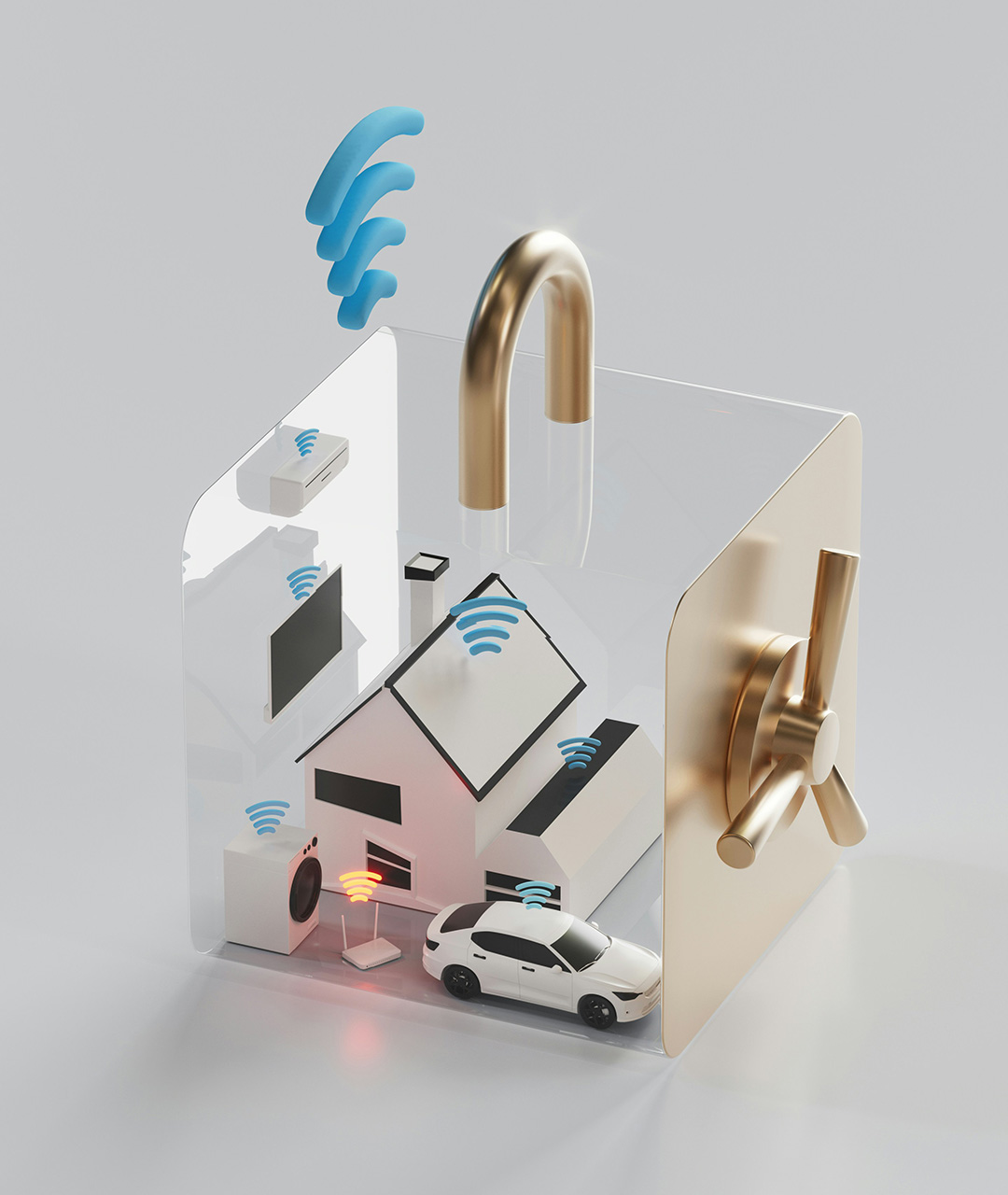
Source: https://bit.ly/3v99Kk2
Business Applications
Linking objects throughout your business demands standardised procedures to gather potent real-time data, cut down on risk, automate tasks, enhance safety, predict service problems, enhance product quality, anticipate customer demands, and revolutionise user experiences. Here are some essential strategies for organisations to adopt when implementing IoT and striving for hyperconnectivity:
- Network Communication
- Consolidated App
- Automation
- The use of Artificial Intelligence and Machine Learning
Network Communication involves ensuring effective connectivity among an organisation’s physical devices, computers, and handheld smart devices. Decisions regarding network infrastructure, protocols, and strategies are crucial for optimal performance and speed tailored to the organisation’s processes. This includes determining network topology, zones, user management, and security measures. Additionally, if the organisation requires internet connectivity, managing private and public areas, enabling limited services, and implementing APIs become important considerations.
Consolidated App refers to the idea on how an organisation should bridge and provide a hub of multiple IoT enabled devices and services by using or developing a consolidated App that is user oriented. This consolidated application is like a door or gateway to multiple IoT platforms, services and even third-party service providers under the hood. In addition, the app will need to be a tool that acts as a centralised management system for an entire IoT arsenal.
Automation refers to how we should maximise machine-to-machine interaction especially for those that are routine by nature or don’t really require much of human or manual intervention. In another case, it can still be a human trigger activity but it will carry over to the next iteration automatically over the next process of a system. For example, a procurement approval process can be as simple as the executive board reviewing a document from the email, and then from the same email there is a button for them to be able to approve or deny (with certain authentication, of course) the request, and then after that the system will take over the rest of the flows or steps automatically.
We understand that Artificial Intelligence [AI] and Machine Learning [ML] are relatively new concepts in practical industry use. However, integrating AI and ML into the realm of IoT is feasible because they deal with data input and output, which is essential for achieving hyper-connectivity. Therefore, AI and ML have the potential to assist users and organisations by providing decision-making support and analysis. AI can collect and track data, analyse patterns to predict future processes or decisions, and identify anomalies in the system that might go unnoticed by fixed algorithms or human observation.
At 42 Interactive, we’re excited to assist corporations and businesses in understanding and assessing their IoT needs to achieve four key goals. With the integration of Artificial Intelligence and Machine Learning, we aim to tailor solutions to meet each unique requirement. The process begins with Digital Consultancy, where we discuss and analyse specific needs to find suitable solutions. Resource allocation follows for development, involving skilled personnel for both user-facing apps and backend development. Quality assurance procedures ensure the highest standards are met at every milestone.
During development, decisions are made regarding methodology, app architecture, infrastructure setup, security measures, and more. Coding and testing are pivotal stages where we focus on implementing best practices in business logic, algorithms, and process flows. Given the complexity of IoT development involving both software and hardware, thorough testing is essential to ensure customer satisfaction. We meticulously evaluate each test case and scenario to meet desired outcomes.
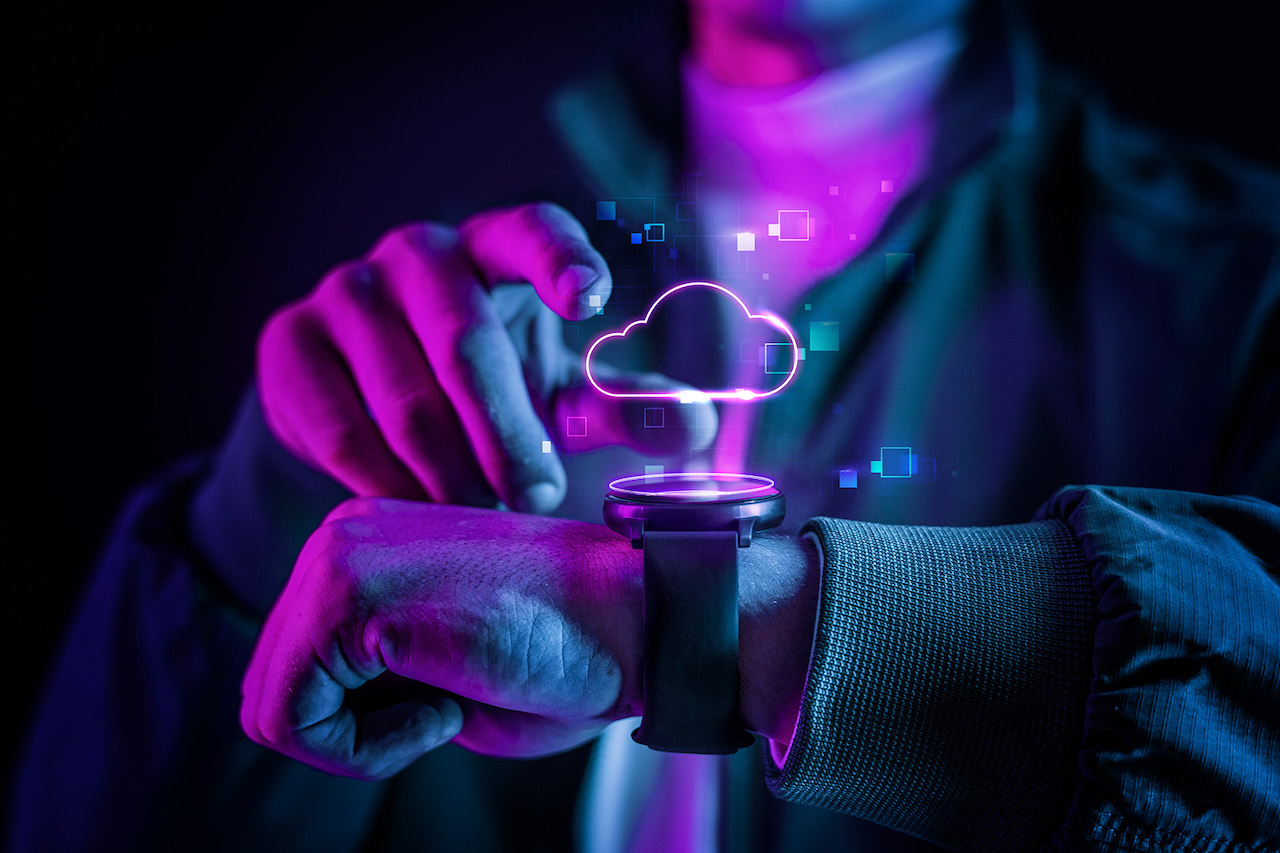
Source: https://bit.ly/4abp3YA
Challenges
Despite the numerous benefits of IoT, it comes with security challenges as most devices lack update capabilities, making them vulnerable to security breaches. One solution is code signing, which verifies the origin and integrity of software files, crucial as hackers exploit update processes to insert malware. Additionally, many users lack security knowledge, making them easy targets. Implementing intelligent IoT security systems can help by identifying devices, detecting weaknesses, and taking action to mitigate risks, using pattern recognition and learning from past incidents.
Privacy is another major challenge for IoT, as it involves sensitive data. We can ensure data protection by implementing various encryption, tunnelling, and signing methods for secure data transactions. Layered user authentication and verification processes can further enhance data security while maintaining user comfort.
Developing IoT Apps
As a digital agency, 42 Interactive stays updated with the latest industry trends, including our potential role in IoT implementation for businesses aiming to gain a competitive edge. This involves ensuring software compatibility with various IoT platforms and devices. When creating an IoT app, there’s a choice between building from scratch or using existing IoT platforms. Building from scratch involves customising connections to devices’ sensors for data input and output. Once this decision is made, development begins to integrate device input/output into the business’s system.
Many software providers supporting IoT now offer open-source platforms, such as Tuya SDK, simplifying integration with consumer apps and devices. This ensures a seamless experience of hyperconnectivity for consumers without the need for custom scripts.
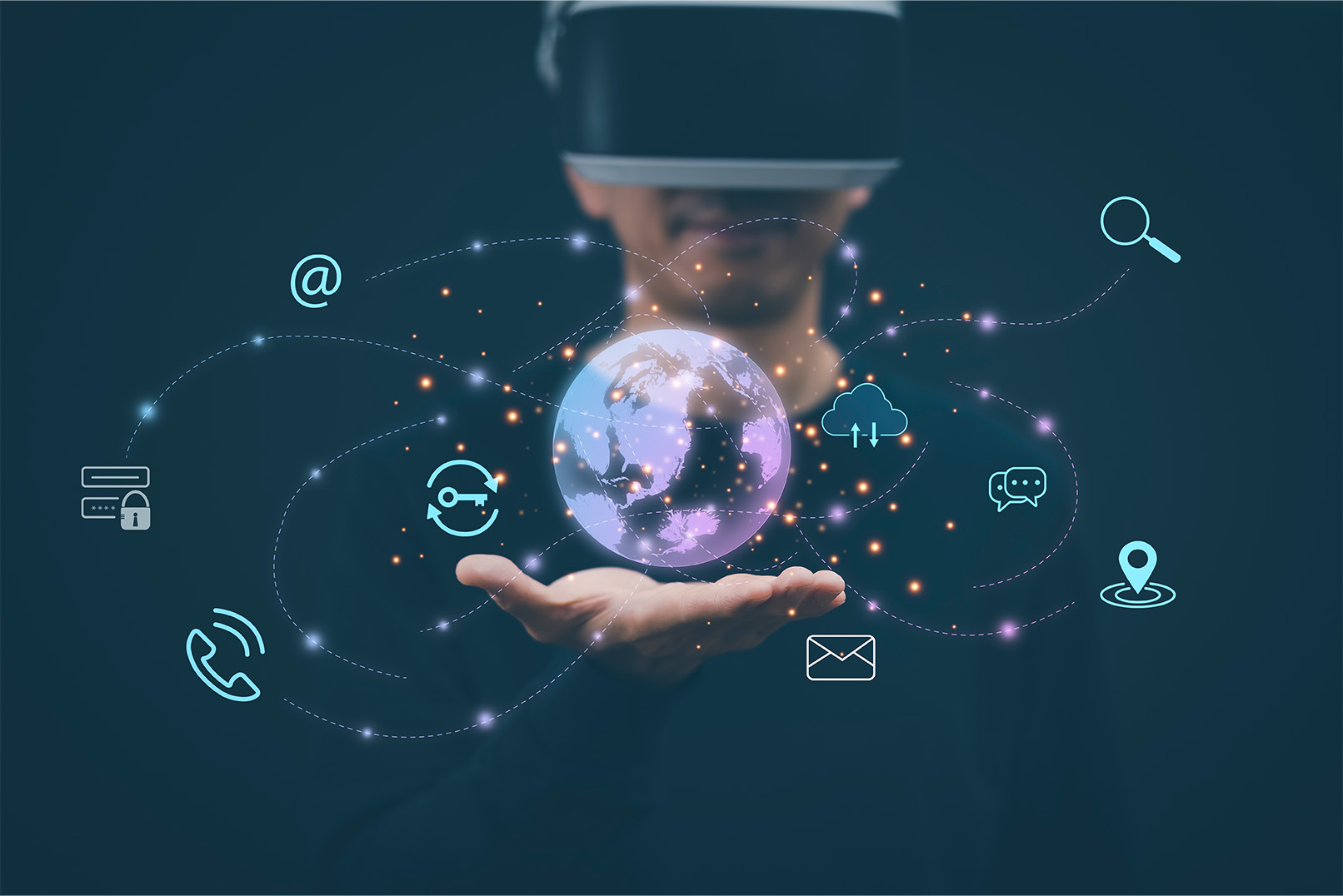
Source: https://bit.ly/3IxNhR1
Conclusion
In today’s Internet-driven era, hyperconnectivity is essential. IoT systems and platforms must communicate and be managed online securely and reliably. At 42 Interactive, we offer up-to-date services to integrate business needs with technological advancements. We focus on understanding each organisation’s unique requirements and work as partners to provide tailored solutions. Our Creative and Technology Consultancy assesses the organisation’s current state and proposes digital improvements to maximise objectives, reduce risks, and address weaknesses. With extensive experience in implementing enterprise-grade microservices architecture, our team of experts delivers user-friendly applications tailored to each organisation’s IoT needs.
At 42 Interactive, we’re all about embracing this hyperconnected future. Let’s connect everything, everywhere, for a smarter, more efficient world! Contact us!

